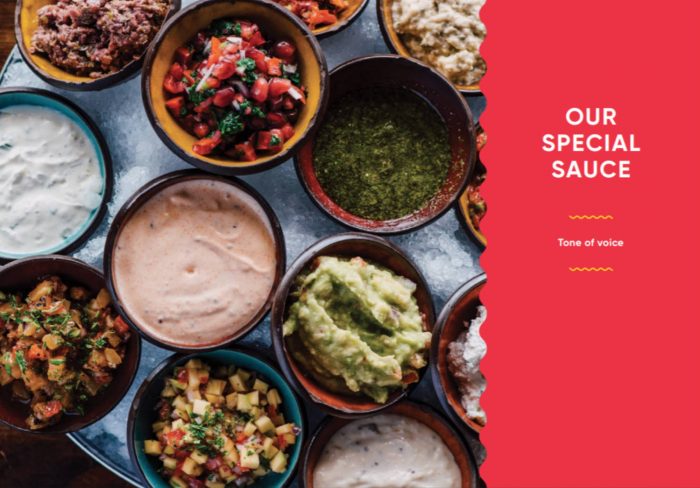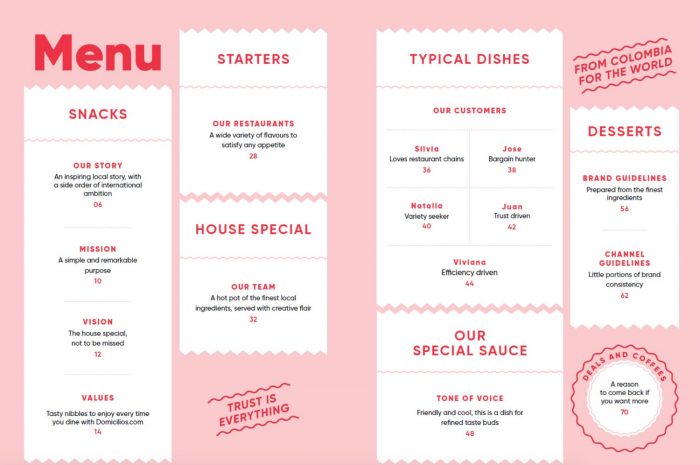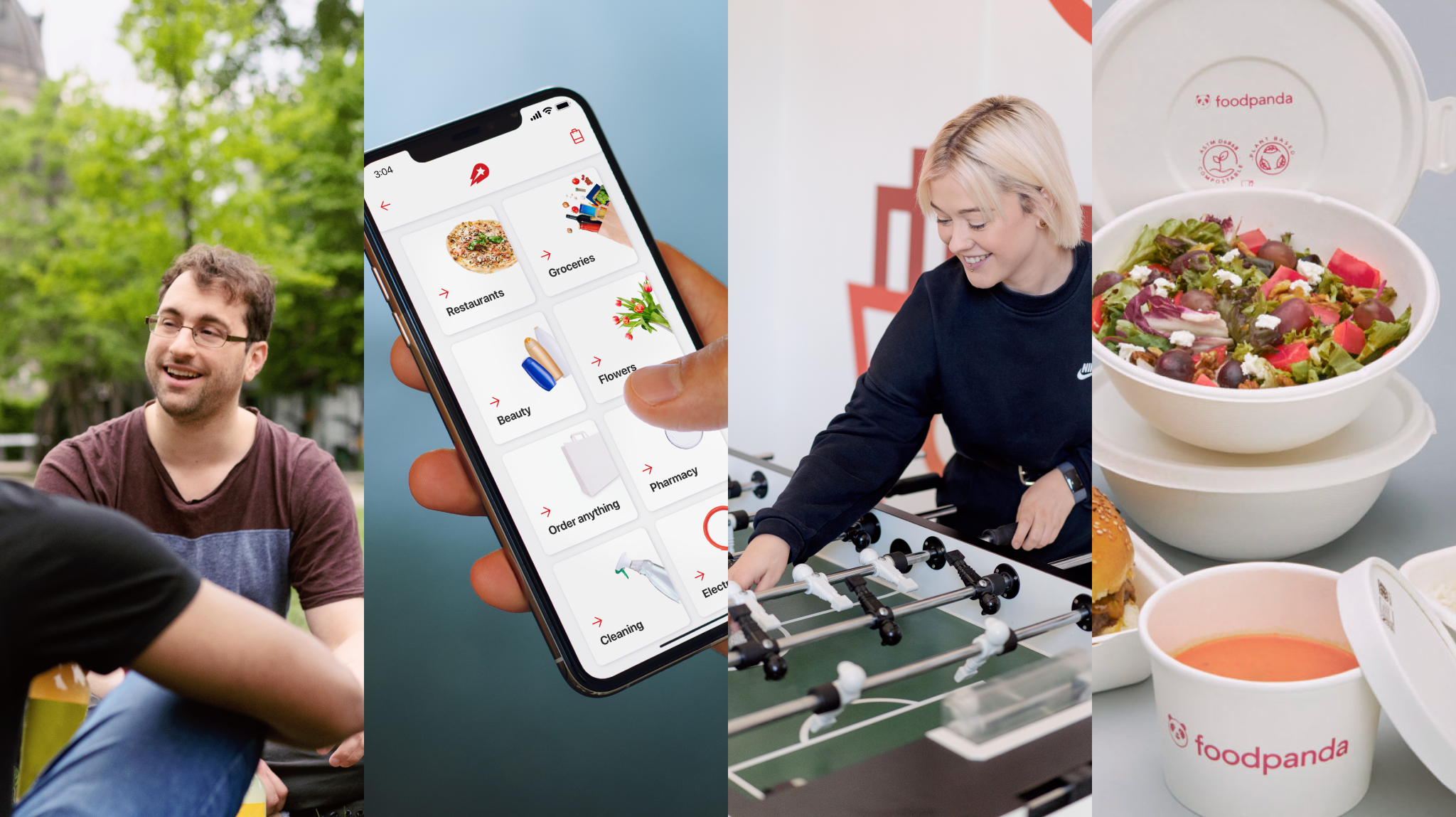Delivery Hero is the parent company of food ordering brands in more than 40 countries and, like relatives, some brands are old and some are younger. No matter their age, occasionally a makeover is required!
That’s where the central brand team steps in; alongside our local teams, we work to build each of our brands a strong identity.
The data guides us
In order to begin, we need to fully understand the market we’re working with. This helps us get deep insights into who our customers are, what their ordering habits and food preferences are, and, crucially it helps us identify what they see as the attributes of an ideal delivery service and how our brands are viewed in comparison to competition.
By analysing our research findings, we’re able to make data-driven decisions on how to position and differentiate ourselves.
It’s all about teamwork
An important part of the rebranding process is workshops with the local market, like we did with our Latin American brand Domicilios.com last year in Bogotá. Rebranding projects are a collaborative effort from start to finish and these workshops help us gain local insights and knowledge which complements our data.
We use the workshops to define the direction of the brand together, and sharing the market research gives everyone a deeper and more valuable insight into their market.
Each workshop session is tailored to achieve an outcome which is crucial to the end results of the rebrand:
- Defining values: what the brand stands for
- Personas: we use segmentation data to build the customer personas who the brand should communicate to. By the end of the workshops they almost feel like real people!
- Design: collaborating with the local designers to create the refreshed brand identity and set up style guidelines to apply to all channels
- Tone of voice: how it communicates, across every touchpoint, both externally and internally
Turning the research into a brand bible
With so much to share from these workshops and research, the best way to encapsulate the brand is a brand book. This also helps align everyone who works for the brand, no matter what department they’re in.
And they’re no ordinary books; each market has a different concept which reflects the brand’s spirit. For example, Domicilios.com focuses on variety, so what better design for the book than a menu!
Following this theme, we divided the book into different sections that can be found on a real menu, and laid out the brand’s mission, vision, values and tone of voice.
Not only does the ‘Menu de la Casa’ contain everything we aligned in the workshops – including personas like the Bogota-based bachelor Juan and his cat – but you’ll also find guidelines established by the design team when it comes to the usage of logos and colours, as well as best practice guidelines for each marketing channel.
Additional extras!
A brand book is usually the main deliverable at the end of rebranding project, but it’s not always the only one.
For Domicilios.com we went a step further and designed branded templates for social media, videos, deals and CRM newsletters in order to create a consistent and recognisable brand image. The support we offer our local teams depends on the brand, and is determined by the demands of the market. With every touchpoint driven by data, we are able to set measurable KPIs to track the progress of each rebrand following its launch, and we continue to provide market research results to monitor our market position and the competition.







Share